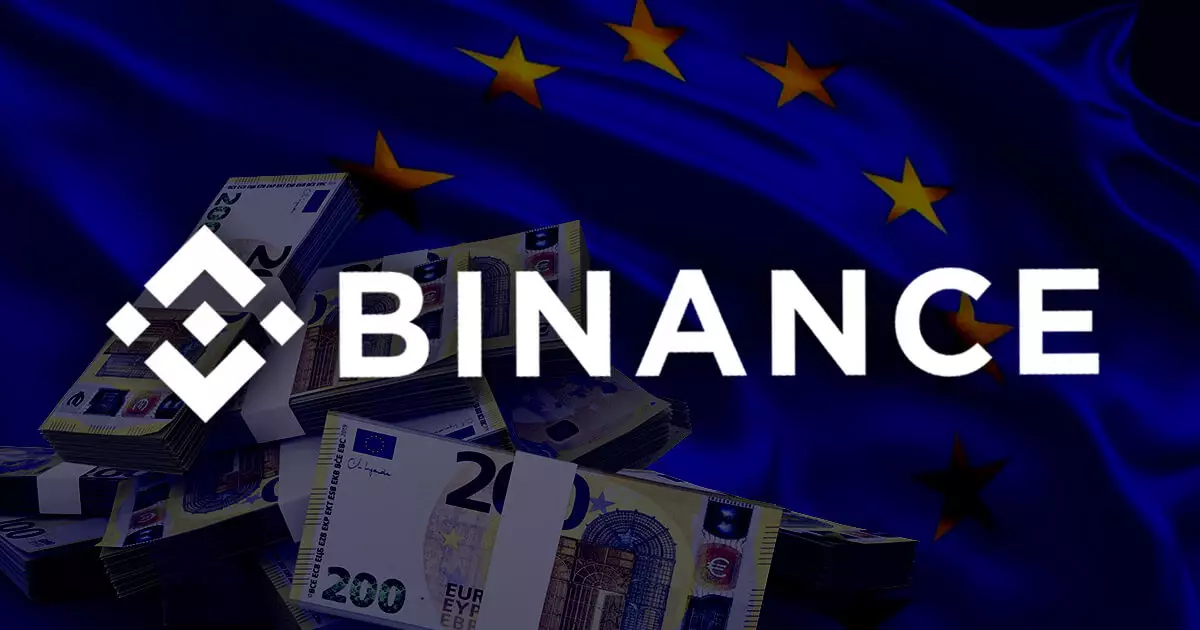Recently, Binance announced its decision to limit the availability of “unregulated stablecoins” in the European Union by June 30. This move is in line with the upcoming Markets in Crypto-Assets Regulation (MiCA) and is expected to have significant implications for the stablecoin market in the EEA. Despite the lack of clarity on which stablecoins will be affected, Binance’s phased approach aims to help users transition to regulated alternatives like Bitcoin, Ethereum, regulated stablecoins, and fiat currencies.
The MiCA legislation in the EU is set to be fully operational by the end of 2024, with stablecoin regulations coming into effect this month. Under these new rules, only Electronic Money Institutions (EMIs) and credit institutions will be authorized to issue stablecoins, aligning with the existing EU Electronic Money Directive (EMD). Major crypto exchanges such as Kraken and OKX are adapting to comply with the regulations, potentially leading to the removal of Tether’s USDT stablecoin from their platforms.
Circle’s Strategic Positioning
In contrast to potential disruptions in the stablecoin market, Circle and its USDC stablecoin are well-positioned to meet the regulatory requirements. Circle has already applied for an EMI license and obtained conditional registration in France, showcasing its commitment to aligning with the EU’s MiCA regime. Dante Disparte, Circle’s Chief Strategy Officer, emphasized the importance of MiCA, emphasizing that it should not be dismissed as a non-essential regulatory milestone.
As regulatory landscapes continue to evolve, market participants are faced with the challenge of adapting to new rules and requirements. Exchanges like Binance are taking proactive measures to ensure compliance and minimize disruptions for users, while stablecoin issuers are repositioning themselves to meet the demands of the changing regulatory environment. The industry as a whole is undergoing a transformation, with a focus on sustainability and alignment with regulatory standards.
The implementation of new stablecoin regulations in the EU is reshaping the landscape of the digital assets market. Binance’s decision to restrict unregulated stablecoins, alongside the compliance efforts of major exchanges and stablecoin issuers, reflects the industry’s commitment to regulatory compliance and consumer protection. As the regulatory framework continues to evolve, market participants must remain vigilant and adaptable to navigate the changing landscape of the crypto industry.












